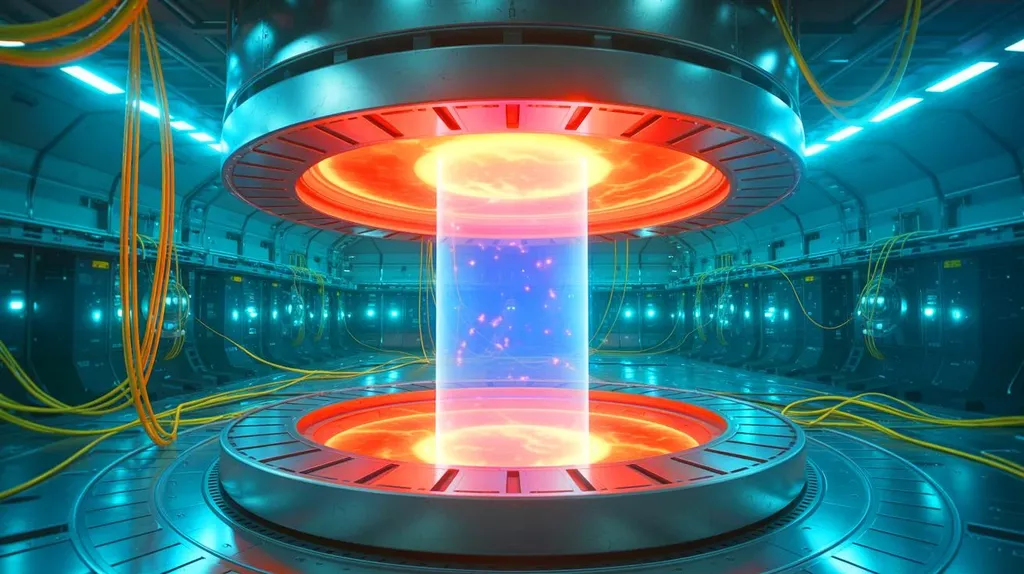In the quest for innovative energy solutions, a team of researchers led by Xuehua Ding at the State Key Laboratory of Flexible Electronics (LoFE) & Institute of Advanced Materials (IAM) at Nanjing Tech University in China, has uncovered a promising avenue: dynamic molecular crystals. These adaptive, smart materials are emerging as a potential game-changer in the energy sector, offering a unique approach to energy conversion.
Dynamic molecular crystals are not your average crystalline materials. They possess the remarkable ability to transform various forms of energy—light, heat, and mechanical—into other useful types of energy. Imagine a material that can convert sunlight into motion, or heat into mechanical energy, or even physical pressure into electricity. This is the realm of possibility that these crystals open up.
“Dynamic molecular crystals represent an exciting frontier in energy conversion,” says Ding. “They offer a versatile platform for harnessing and converting energy in ways that traditional materials simply cannot.”
The potential commercial impacts for the energy sector are substantial. For instance, these materials could revolutionize solar energy harvesting by converting light into kinetic energy, which could then be used to drive mechanical systems. Similarly, they could enhance waste heat recovery systems by converting heat into useful mechanical energy. Additionally, their ability to convert mechanical energy into electrical energy could lead to advancements in self-powered sensors and devices.
However, the path to practical applications is not without challenges. Precise control over molecular movements and macroscopic dynamic behaviors, mechanical response speed, durability, and longevity are all hurdles that need to be overcome. As Ding notes, “Future research efforts should focus on establishing predictive approaches toward dynamic molecular crystals with desired dynamic properties, such as controllable mechanical deformation, reversible and fast response, efficient energy conversion, low cost, and minimal fatigue during operation.”
The research, published in the journal Sustainable Materials (SusMat), which translates to “Sustainable Materials” in English, highlights several successful examples of dynamic molecular crystals in energy conversion. These successes serve as a testament to the potential of these materials and a call to action for further exploration and development.
As the energy sector continues to evolve, dynamic molecular crystals could play a pivotal role in shaping its future. By addressing the current challenges and pushing the boundaries of what these materials can do, researchers like Ding and her team are paving the way for a new era of energy conversion technologies. The journey is just beginning, but the potential is immense, offering a glimpse into a future where energy is harnessed and converted in ways we are only just starting to imagine.

